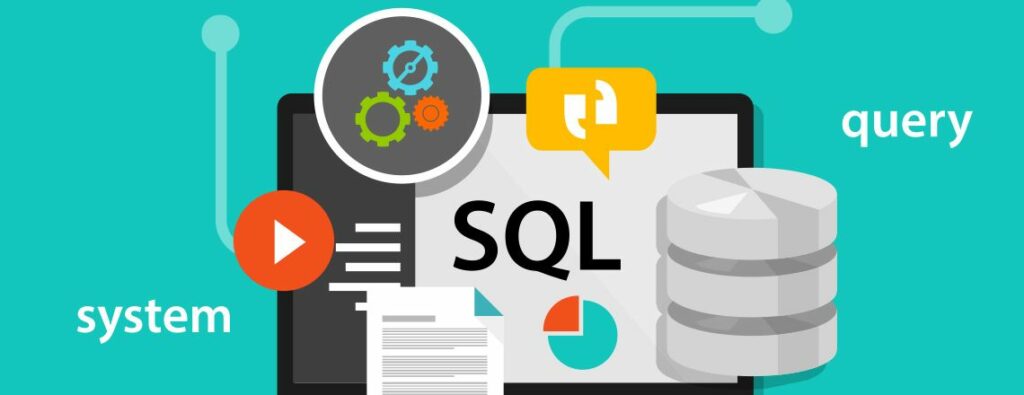
Free eBooks for Beginners
SQL, which stands for Structured Query Language, is the standard language used to manage relational databases. It is a critical tool for data analysts who work with large amounts of data, as it allows them to easily manipulate, extract, and analyze information.
In this article, we will focus on two useful SQL commands that are essential for understanding how a query is executed, and the structure of a database: EXPLAIN and DESCRIBE.
EXPLAIN
The EXPLAIN command is used to see how a database engine processes a specific query. It provides information about the order in which the database engine processes each part of the query, and how long it takes to execute each step. This information is useful for identifying areas where performance can be improved.
For example, if you have a complex query that takes a long time to execute, you can use EXPLAIN to see if the database engine is using an efficient strategy to retrieve the data. If it’s not, you can use the information from EXPLAIN to re-write the query in a way that speeds up the process.
DESCRIBE
The DESCRIBE command is used to get information about the structure of a database table. It displays the names and data types of columns in the table, as well as other metadata, such as whether a column allows null values or has a default value.
For example, if you are working with a database that contains customer information, you can use DESCRIBE to see the columns in the customer table and what kind of information each column contains. You can then use this information to write more efficient queries that only retrieve the data you need.
In conclusion, the EXPLAIN and DESCRIBE commands are important tools for data analysts who work with SQL. They provide valuable information about how a query is executed and the structure of a database, allowing data analysts to write more efficient and effective queries. Whether you’re a beginner or an experienced data analyst, it’s important to familiarize yourself with these commands and how they can help you work more efficiently with your data.
SQL for Beginners and Data Analyst – Chapter 16: EXPLAIN and DESCRIBE
 Loading...
Loading...
Disclaimer: The information and code presented within this recipe/tutorial is only for educational and coaching purposes for beginners and developers. Anyone can practice and apply the recipe/tutorial presented here, but the reader is taking full responsibility for his/her actions. The author (content curator) of this recipe (code / program) has made every effort to ensure the accuracy of the information was correct at time of publication. The author (content curator) does not assume and hereby disclaims any liability to any party for any loss, damage, or disruption caused by errors or omissions, whether such errors or omissions result from accident, negligence, or any other cause. The information presented here could also be found in public knowledge domains.